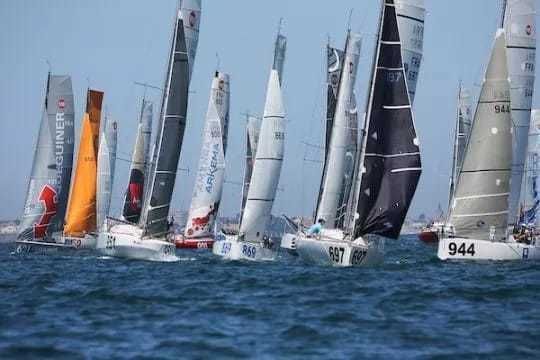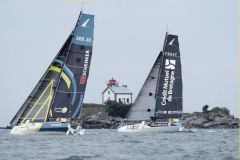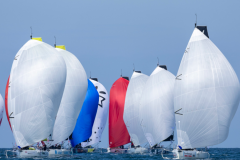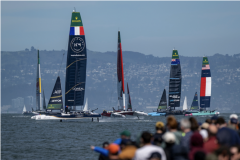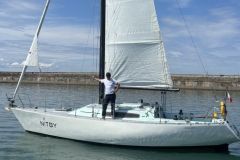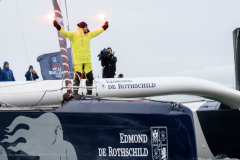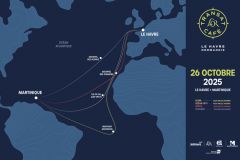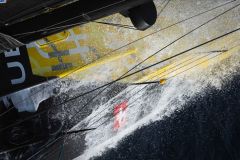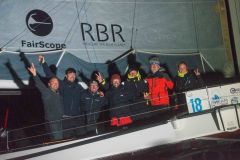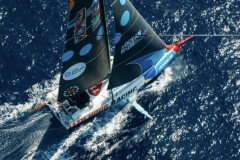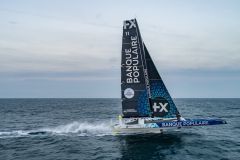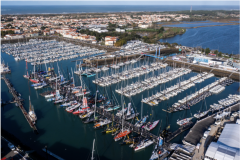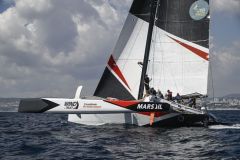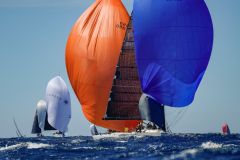50 shades of grading
Establishing a ranking between sailors and between boats has never been an easy task. Whether it's a coastal regatta or an offshore race, the question has long been on the minds of sailboat racing enthusiasts, as they try to achieve the impossible of sporting fairness! Boat characteristics, crew characteristics, weather conditions... numerous formulas have tried to take into account as many parameters as possible. Here's an overview of the main ranking methods.
Cumulative time race: simplicity and legibility
The simplest thing to do in a race is, of course, to start all the boats at the same time and see who crosses the finish line first. For maximum fairness, identical boats should be used, as is the case in one-design classes, some of which even control crew weight. Otherwise, the race begins before you cast off, at the drawing board, when the architect designs the boat to be the fastest.
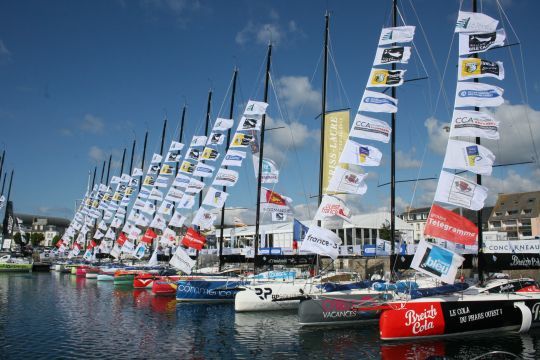
For the public, this ranking is the easiest to understand. If the race is run over several legs, the times are added up and the final winner is the one with the lowest cumulative time. This is also the case in famous races such as the Mini Transat or the Solitaire du Figaro.
In the event of a penalty, the offending yacht will receive an additional race time.
Classes in real time or rating and compensated time
But can you compare a 32-meter Ultim trimaran and a 12-meter monohull in real time? The answer is obviously no. Two approaches are possible. Create comparable boat categories, with separate classes. For example, on major transatlantic races such as the Route du Rhum or the Transat Jacques Vabre, there are different classifications, grouping Ultim trimarans on one side, IMOCA monohulls or Class40s on the other, and so on... The first to cross the finish line in each class is declared the winner.
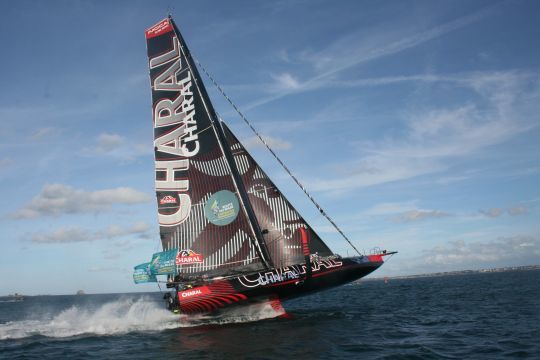
But in amateur racing, finding two comparable boats can be complex. The sailors therefore used mathematics to invent the notion of handicap or rating . This coefficient, applied to the time actually spent racing, determines a compensated time. This value is supposed to take into account the boat's physical parameters, as well as its past performance in regattas, so as to put all sailors on an equal footing, whatever their boat. Different rules apply. The first to cross the line is not always the ultimate winner. The British refer to the prestige of being first to the finish as Line Honours. But this honor doesn't always mean complete victory. In amateur regattas, handicap is the most common ranking method. It's used in prestigious events such as the Fastnet, Spi Ouest France, SNIM, Barcolana and many others.
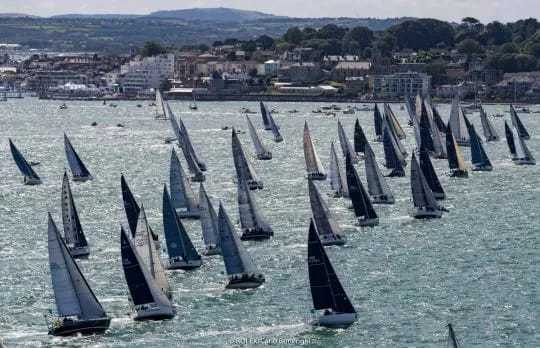
Points ranking: bonus for regular sailors
In the spirit of a championship, sailors also use a 3rd type of ranking, the points ranking. Depending on the event, points are awarded in ascending or descending order. Either the winner obtains a single point, and the objective at the end of all legs is to have a minimum number of points, or the winner obtains as many points as competitors, and it is necessary to have a maximum number of points to win the final overall ranking. This type of ranking can be found in championships such as the Ocean Fifty Pro Sailing Tour, the Tour Voile, but also in The Ocean Race crewed round-the-world race. It erases the effects of a very bad race or a breakaway limited to a weather phenomenon on a single leg. A boat and its skipper, ultra-regular, can win around the world, without having been the fastest in cumulative time, but by finishing reasonably close to the 1st finisher at each stage.
The quest for the ideal method still exists. Got an idea?
